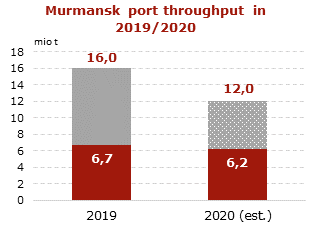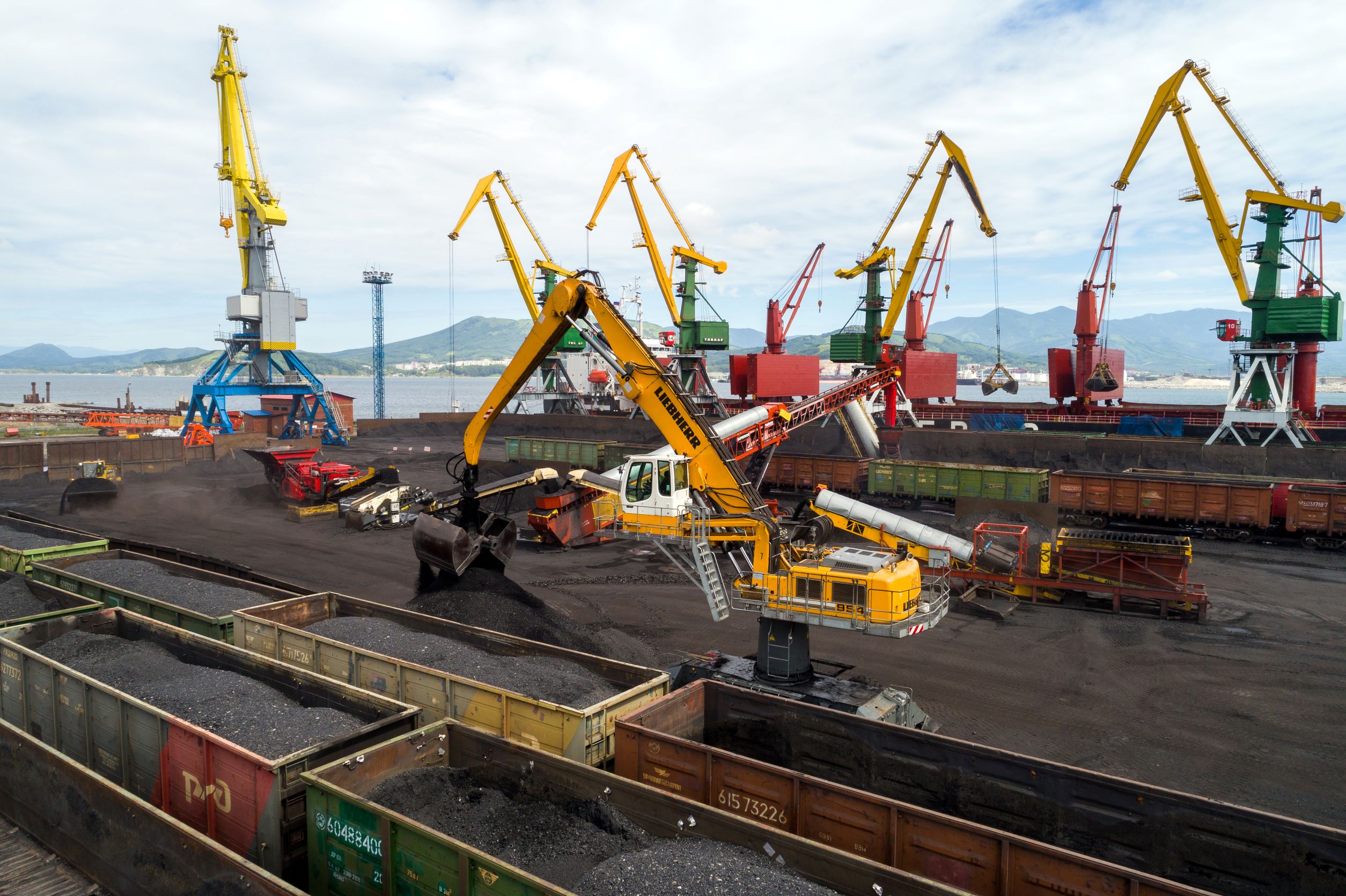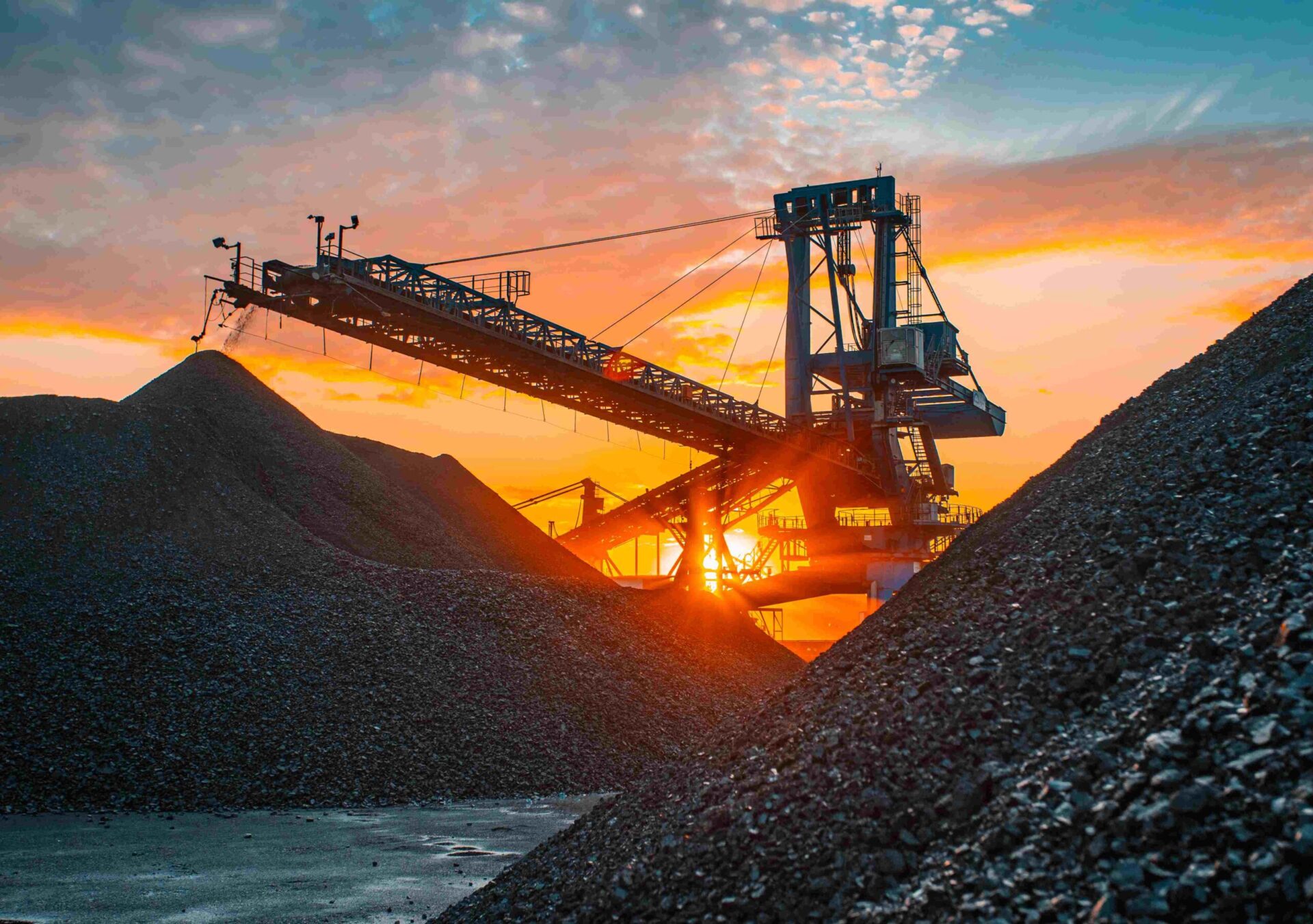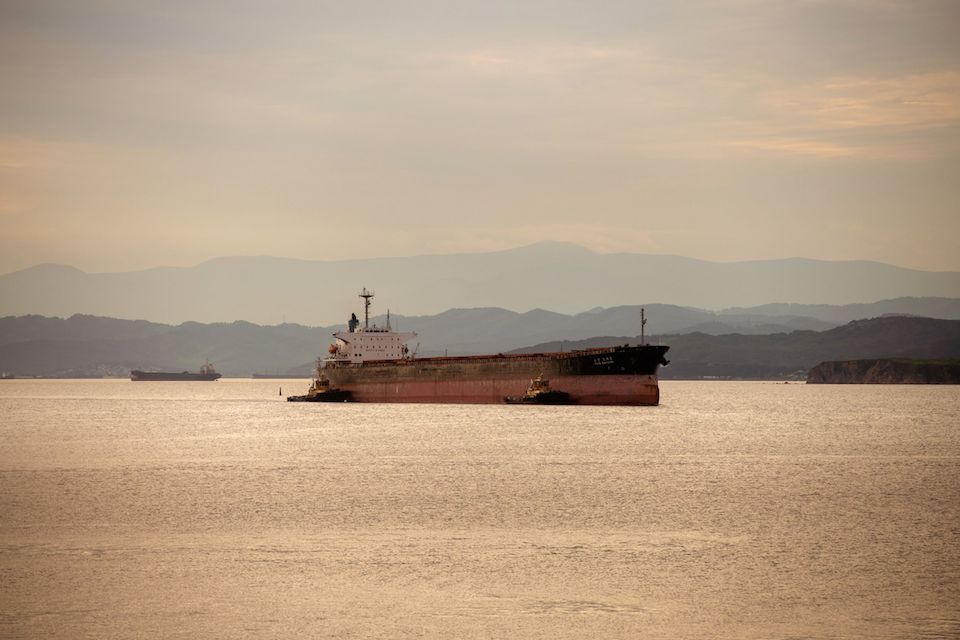

(Source: CAA, June 26)
On June 19, Russian Railways (RZD) completed the construction of a 5.7 km bypass route in the Murmansk Region to restore railway network connection to the port of Murmansk. The capacity of the new route is estimated at 15 train pairs per day (900 railcars). An increase in railway freight up to 22 train pairs per day (1 320 railcars) is planned in October, after the reconstruction of the collapsed bridge.
In early June, Russian Northern port Murmansk, located on the coast of the Kola Bay, a long narrow fjord of the Barents Sea, was cut off from the railway network as a result of the railway bridge collapse. SUEK, which is the major coal supplier from Murmansk, declared force majeure on its coal shipments.
According to experts, cargo transportation through the new rail line diversion will reduce railway carrying capacity to the port of Murmansk by at least 30%. Coal accounts for roughly 60% of all rail supplies, which also include mineral fertilizers, iron ore and apatite concentrates, oil products and other cargoes. In addition, on June 24, RZD plans to start running part of passenger trains to Murmansk.
According to preliminary estimates, coal exports through the port of Murmansk in 2020 may drop to 12 mio t (-4 mio t or -25% y-o-y).
Coal handling at Murmansk amounted to 16.0 mio t in 2019. In January-May 2020, the port handled 6.2 mio t (-7% y-o-y). For the first five months of 2020, handling of iron ore and fertilizers totaled 1.6 mio t (+80% y-o-y) and 1.5 mio t (-3% y-o-y), respectively.
As a result of the bridge collapse, SUEK was forced to move part of its June volumes to Ust-Luga and Taman. Several major clients of the port, including fertilizer producers EuroChem and PhosAgro, redirected their cargos to the ports of the Baltic States. Russian Railways introduced 25% discounts for fertilizers and iron ore deliveries to Latvia. No discounts were offered to coal suppliers, redirecting coal from Murmansk to alternative routes.
It is still unclear which cargos will be given a priority access to the new bypass route. This will largely determine overall volumes of exports coal handling in Murmansk for H2 2020.
Follow CAA on Twitter:
[tfws username=”CAA_Analytics” height=”700″ width=”350″ theme=”light” color=”#FAB81E” tweets=”2″ header=”yes” footer=”yes” borders=”yes” scrollbar=”yes” background=”yes”]













